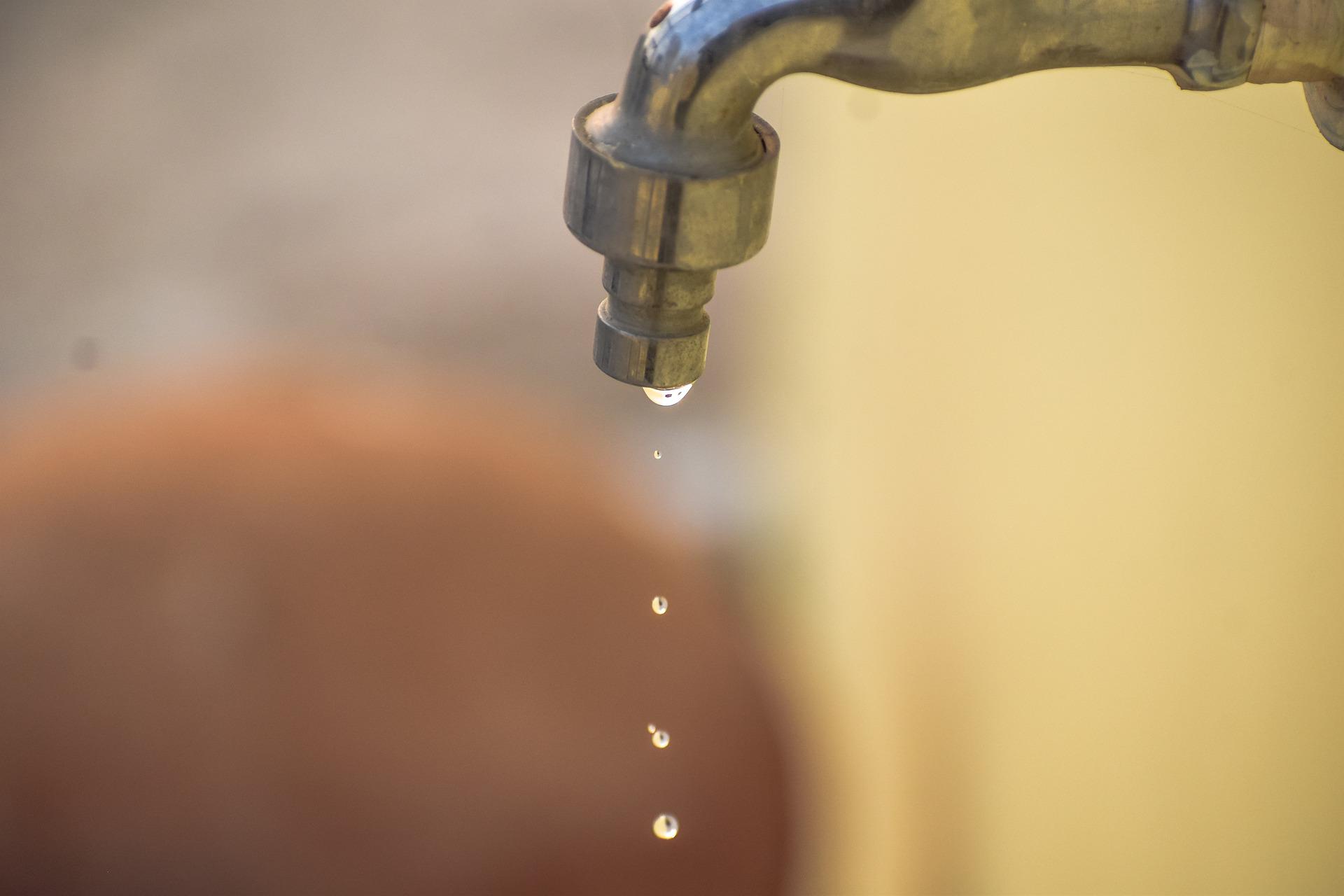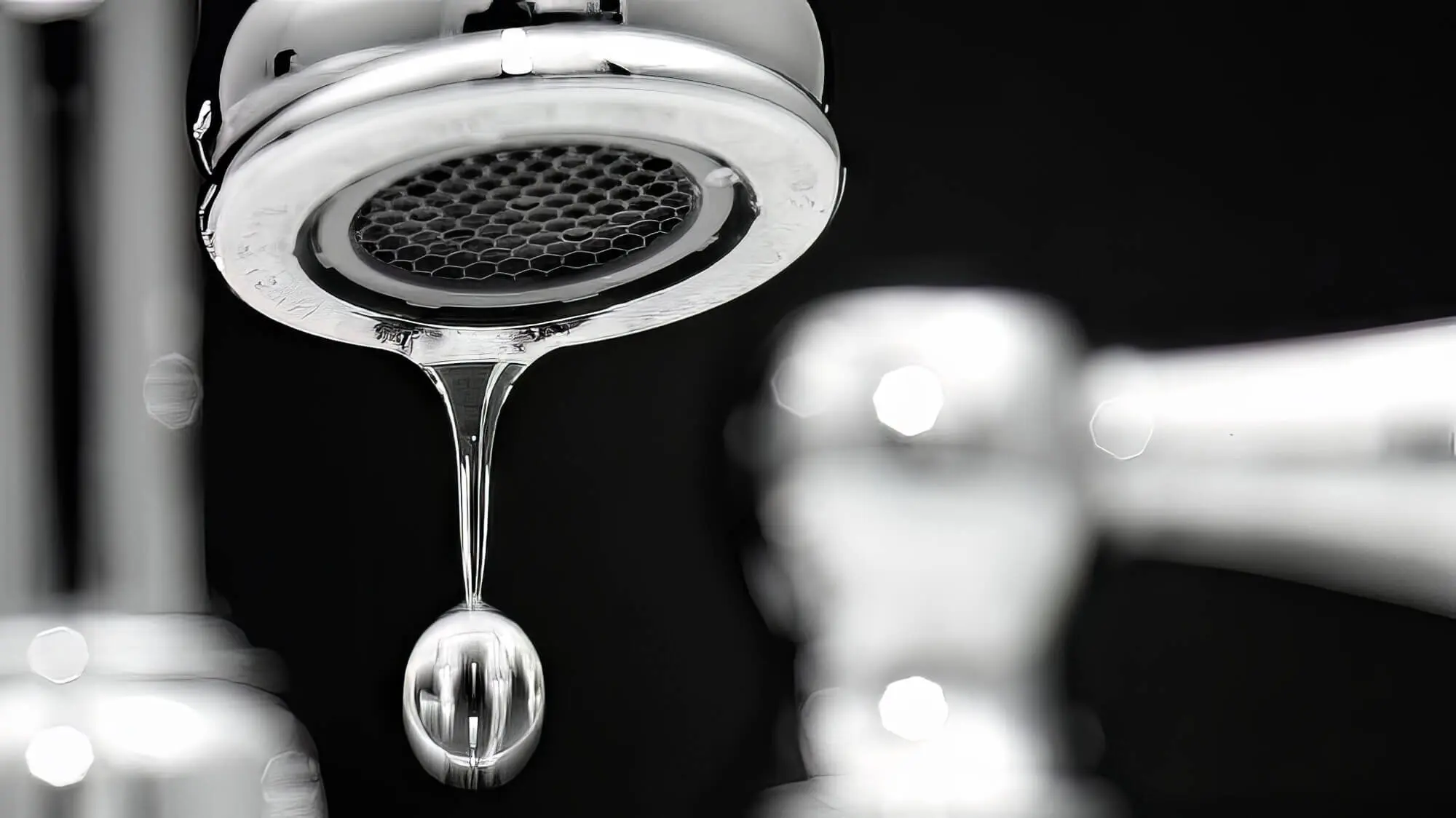Step-by-Step Guide to Repairing a Leaky Tap: Skilled Advice
Step-by-Step Guide to Repairing a Leaky Tap: Skilled Advice
Blog Article
On this page underneath you'll find some helpful help and advice on the subject of How To Fix A Leaky Tap In 5 Easy Steps.

Intro
A dripping tap is not only aggravating yet can likewise squander a significant quantity of water and cause boosted utility costs. In this step-by-step guide, we'll stroll you with the procedure of taking care of a leaky faucet, enabling you to conserve water and money while keeping your plumbing system.
Gathering Devices and Materials
Prior to you begin, collect the necessary tools and materials for the fixing. You'll normally require an adjustable wrench, screwdrivers, substitute washers or seals, plumber's tape, and a cloth or towel to clean up any type of spills.
Shutting Off Water System
Find the shut-off shutoff for the influenced tap and turn it clockwise to shut down the water system. If you're incapable to situate the shut-off valve, you may require to shut down the main supply of water to your home.
Dismantling the Tap
Make use of a screwdriver to remove the deal with of the faucet, subjecting the interior elements. Depending upon the type of tap, you might require to unscrew a cap or collar to access the valve assembly.
Inspecting for Damages
When you've exposed the shutoff assembly, inspect it for any kind of indications of damage or wear. Usual wrongdoers of a leaking faucet include damaged washing machines, O-rings, or seals.
Replacing Faulty Elements
If you identify any kind of damaged or damaged components, meticulously remove them making use of a wrench or pliers and replace them with brand-new ones. Make certain to utilize the proper size and sort of replacement parts for your faucet.
Reassembling the Tap
After replacing the damaged components, thoroughly rebuild the faucet in the reverse order of disassembly. Ensure that all parts are correctly straightened and tightened up to avoid future leaks.
Checking for Leakages
When the faucet is rebuilded, transform the supply of water back on and check the tap for leaks. If you observe any kind of leaks, confirm the links and tighten them as needed.
Making Sure Correct Performance
After validating that the tap is leak-free, test its capability by transforming it on and off several times. Ensure that the faucet operates efficiently and with no unusual audios or resistance.
Cleaning Up
Finally, tidy up any particles or spills from the repair procedure and throw away any old or broken components appropriately. Leaving the work area clean and tidy makes certain a professional surface to your fixing.
Conclusion
Dealing with a leaking faucet is a reasonably simple DIY task that can conserve you cash on water costs and prevent further damage to your plumbing system. By following this step-by-step guide, you can deal with the repair service with self-confidence and appreciate the advantages of a leak-free faucet.
Fixing a Leaking Tap: Causes, Solutions, and Water Conservation
Causes and Signs
Worn-Out Washers: The tap washer, rubber or metal, creates a seal within the tap assembly. Over time, the old washer can deteriorate, leading to water seepage and a dripping tap. High Water Pressure: Excessive water pressure can strain tap components, causing leaks. The forceful water flow exerts pressure on the washers and other sealing mechanisms, resulting in a dripping tap. Faulty O-Rings: O-rings, usually made of rubber, provide a watertight seal between moving parts of the tap. If the O-rings become worn or loose, they can cause water to leak, resulting in a dripping tap and potential water damage to your property. Signs of a Dripping Tap
Audible Dripping Sounds: If you hear the sound of water droplets hitting the sink or basin, it’s a clear indication of a dripping tap. Puddles or Stains: Notice any puddles of water or stains around the tap area or on the sink surface. These signs suggest a dripping tap that requires attention. Reduced Water Flow: A dripping tap can affect the overall water flow, resulting in reduced pressure when using the tap. Gather the Necessary Tools
Adjustable spanner Screwdriver – flathead or Philips’s head New washers Towels or rags Turn Off the Water Supply
Find the isolation valve beneath the sink or by the tap and turn it clockwise to shut off the water supply.
Disassemble the Tap
Use a screwdriver to carefully remove the tap handle, exposing the internal components. Take note of the order and arrangement of the parts as you disassemble the tap. This will aid in reassembling it correctly later on. (We recommend taking photos on your phone for a no-fuss solution).
Inspect and Replace the Washer
Inspect the washer located at the bottom of the tap assembly. If it appears worn out or damaged, replace it with a new washer of the correct size and type. This simple replacement can often resolve the dripping tap issue.
Tips for Responsible Water Usage
Regular Inspection and Maintenance: Conduct periodic inspections of all taps in your home to identify potential leaks or drips. Timely repairs prevent water wastage and maintain the efficiency of your plumbing system. Install Water-Efficient Taps: Consider replacing old taps with water-efficient models that are designed to minimise water consumption. Look for taps equipped with aerators and flow restrictors to regulate water flow without compromising functionality. Conscious Water Usage: Develop mindful habits such as turning off the tap while brushing your teeth or soaping your hands. Additionally, use full loads when running dishwashers and washing machines to maximise water efficiency. Monitor Your Water Bill: Keep track of your water consumption by regularly monitoring your water bill. Any sudden increases may indicate a leaking tap or other issues that require attention. When to Seek Professional Help
Persistent Leaks: If your attempts to fix the dripping tap are unsuccessful or the problem keeps recurring, it may indicate an underlying issue that requires professional attention. Complex Repairs: In cases where the tap assembly is intricate, or the repair involves specialised knowledge, it’s advisable to seek professional help to ensure the problem is resolved effectively. https://proudplumbingandgas.com.au/blog/a-complete-guide-to-fixing-a-leaking-tap/

We were shown that editorial about How to Fix a Leaking Tap Without Getting Professional Help from an associate on our other website. If you liked our page kindly consider to pass it around. Thanks for going through it.
Book Report this page